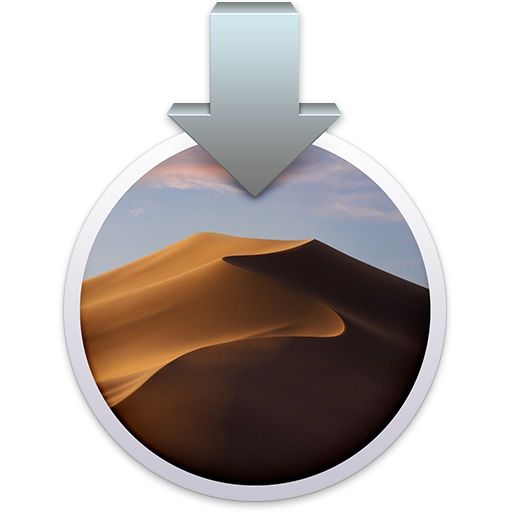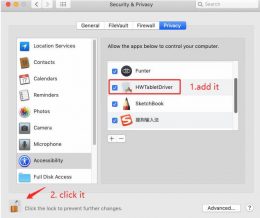


Windows XP/Vista system files resources base: Mac Os El Capitan Cursor Pack for Windows: Right-click it and select Install from the context menu. Inside, you’ll find a file called install.inf. In order to get the macOS cursor on Windows 10, you need to download this file from DeviantArt.To open the Fences configuration window, right-click your Windows desktop and select the “Configure Fences” command. Next, we’ll set up some organization rules. How to Automatically Organize Your Desktop Icons. To remove a fence, hover your mouse cursor over it and click the “x” icon at the right side of the fence’s title bar.From normal select (that beautiful black cursor) to busy, working in the background to precision select, text select to unavailable, link select to location select, diagonal size to move, and more, different Mac mouse cursors are available. This article covers how to use Mac mouse cursor on Windows 10.Like Windows 10, there are default mouse cursors or pointers for Mac OS which are beautiful.Mac Os Mojave Cursor For Windows 10 Update.In this package, you’ll have the best user experience greatly resembles real macOS from Windows side. If you'd like a little more editorial control over your screenshots, Windows 10 has a sketching app called Snip and Sketch which is what you can use to make screenshots.MacOS Transformation Pack will give you all new macOS user experience such as theme, wallpapers, system resources, and new OS X features combined altogether in single package working on Windows platform since Windows XP to up to Windows 10. You can then paste ( CTRL + V ) the image directly into your support email. Once invoked, use the mouse to define the area you wish to capture, and it will be saved to your clipboard. Like macOS, Windows 10 capturing screenshots with a keyboard shortcut ( Windows + Shift + S).

This section will walk you through capturing a portion of your screen. Once you're done marking up the image, you can click Done and it will be saved to your desktop. This allows you to add arrows and other markup to the image.

Or you can click on it and open it in the preview editor. You can either leave it alone, which will save it to your desktop. If you're running macOS Mojave (10.14) or later, your screenshot will end up in the bottom-right-hand corner of your screen. When you release the drag, whatever is in the rectangle will be captured as a screenshot on your desktop. Now you can take that crosshair and click+drag a square on your screen. That will turn your mouse cursor into a crosshair. MacOS has a very versatile screenshot function baked right into the OS (it's even more powerful if you're running macOS Mojave or later). Note: This section will walk you through capturing a portion of your screen but, if it is easier for you, you can use Shift + ⌘ + 3 to capture the entire screen.


 0 kommentar(er)
0 kommentar(er)
